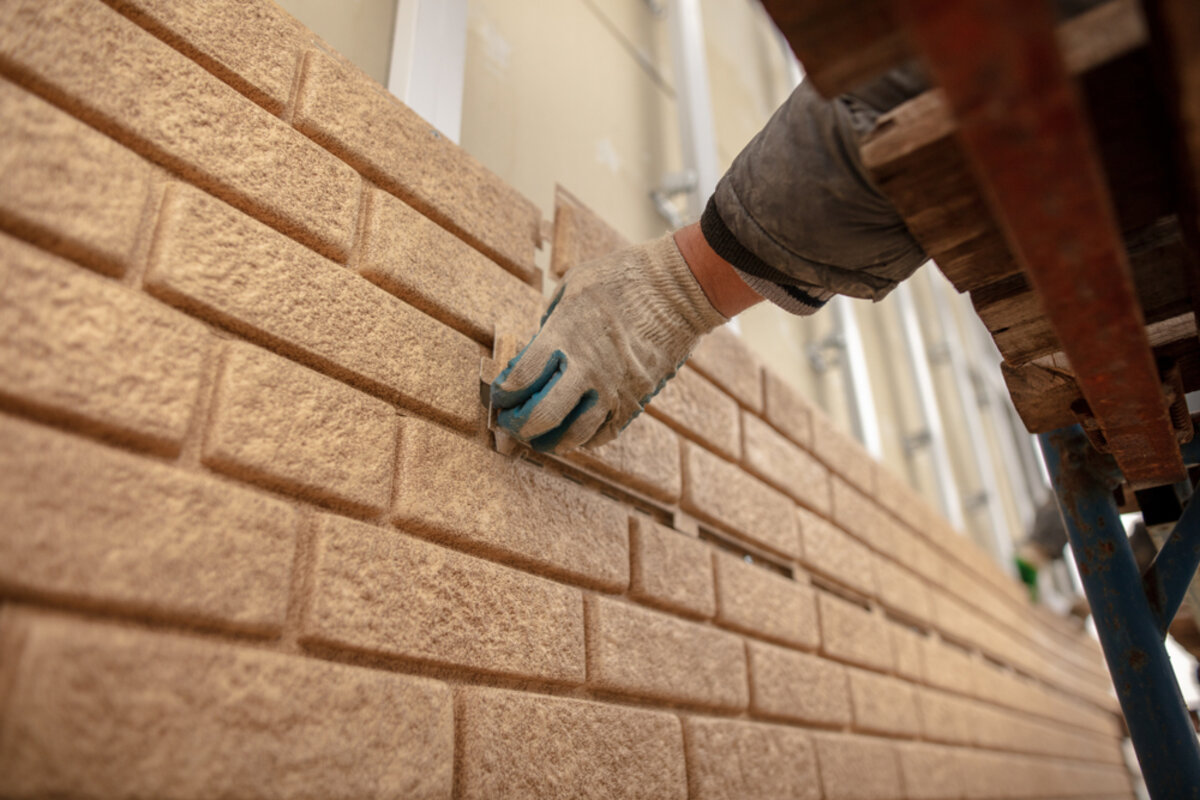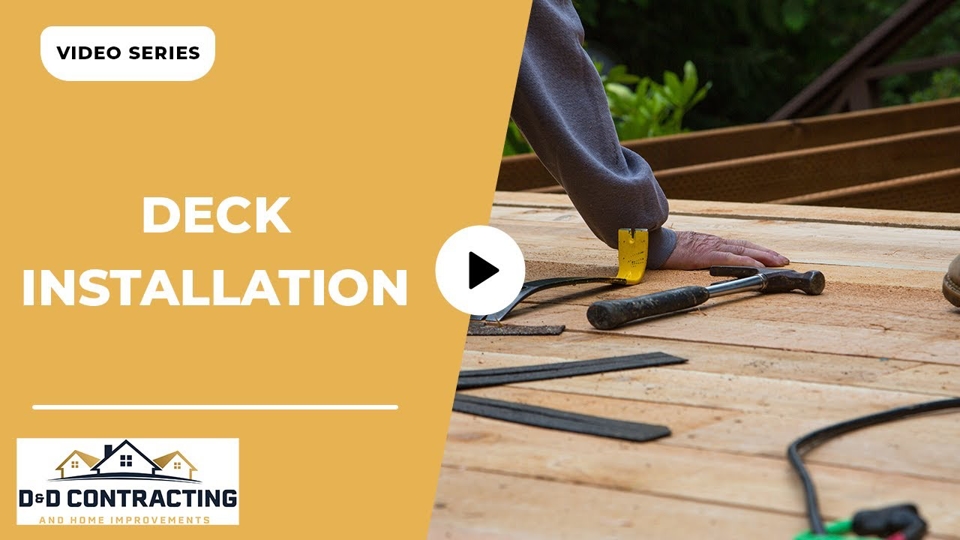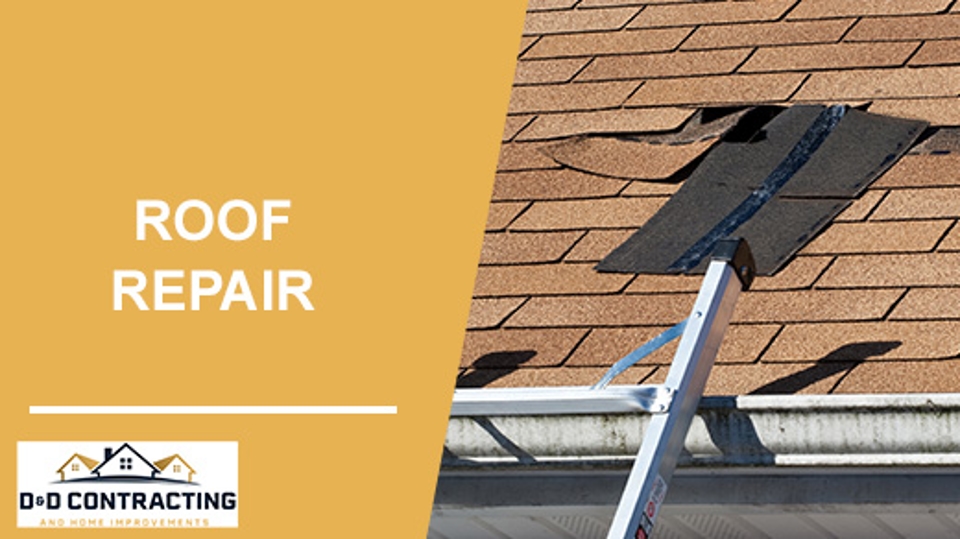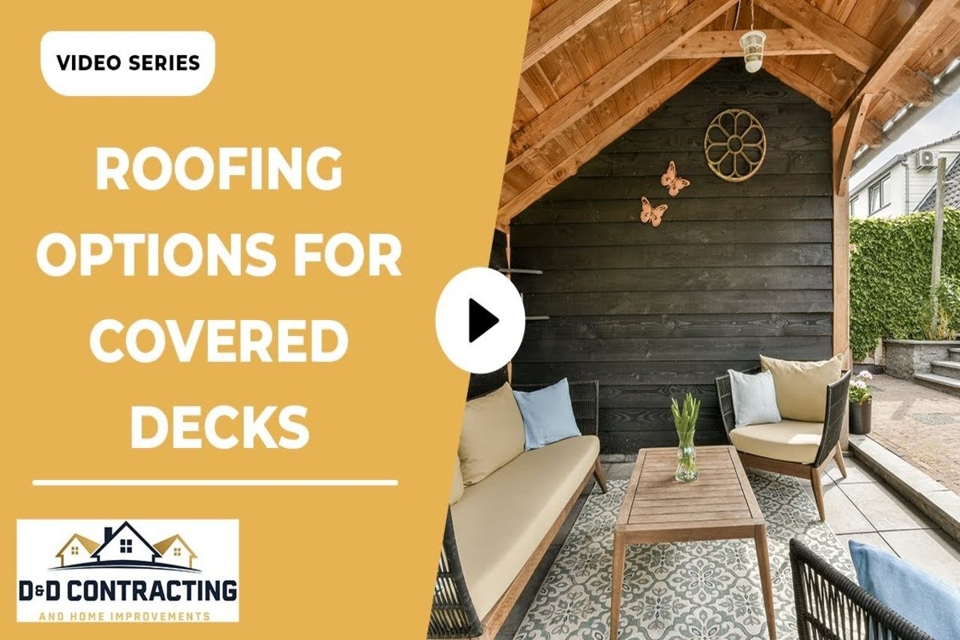Your home’s exterior isn’t just about curb appeal—it plays a crucial role in protection, insulation, and long-term durability. When selecting new siding, two of the most common options homeowners consider are James Hafrdie siding and vinyl. Both materials offer distinct advantages, but their differences in durability, cost, and maintenance can significantly impact your decision.
Before making an investment that will last for decades, it’s essential to understand how these two siding options compare.
What Is James Hardie Siding?
James Hardie siding, also known as fiber cement siding, is a mixture of cement, sand, and cellulose fibers. This composition makes it a durable, long-lasting material that can withstand extreme weather conditions. Unlike wood or vinyl, it resists fire, pests, and rot, making it a popular choice for homeowners looking for strength and longevity.
What Is Vinyl Siding?
Vinyl siding is made from PVC (polyvinyl chloride) resin and is known for its affordability and ease of installation. It has been a go-to choice for homeowners for decades because of its low maintenance and wide variety of styles and colors. While it is lightweight and resistant to moisture, it may not offer the same durability as fiber cement siding.
Comparing James Hardie Siding and Vinyl
1. Durability and Longevity
James Hardie siding is built to last. It withstands severe weather, including strong winds, heavy rain, and hail. Unlike vinyl, it does not warp in extreme temperatures. Vinyl siding, while durable in moderate climates, is more susceptible to cracking in extreme cold and warping in high heat.
2. Maintenance Requirements
James Hardie siding requires occasional repainting every 10-15 years but resists pests, mold, and mildew. Vinyl siding is low maintenance and does not require painting, though it may accumulate dirt and mildew over time, needing occasional cleaning.
3. Cost Comparison
James Hardie siding is more expensive upfront due to its high-quality materials and installation requirements. However, its longevity makes it a cost-effective investment over time. Vinyl siding is budget-friendly initially but may require more frequent repairs and replacements.
4. Aesthetic Appeal and Customization
James Hardie siding offers a high-end look that closely resembles wood, available in various textures and colors. The baked-on color finish ensures long-lasting vibrancy. Vinyl siding provides many style choices but lacks the authentic wood-like texture and may fade over time.
5. Energy Efficiency and Insulation
While James Hardie siding does not offer significant insulation, it pairs well with additional insulation layers to improve energy efficiency. Some vinyl siding options come with built-in insulation, but standard vinyl siding alone offers minimal thermal protection.
Which Siding Is Right for You?
When to Choose James Hardie Siding
- You prioritize durability and long-term investment.
- You live in an area with extreme weather conditions.
- You want a high-end appearance with a wood-like texture.
- Fire resistance and safety are major concerns.
When to Choose Vinyl Siding
- You are looking for an affordable and low-maintenance option.
- You live in a moderate climate without harsh weather extremes.
- You need a quick and easy installation process.
- A variety of color choices is a top priority.
Final Thoughts
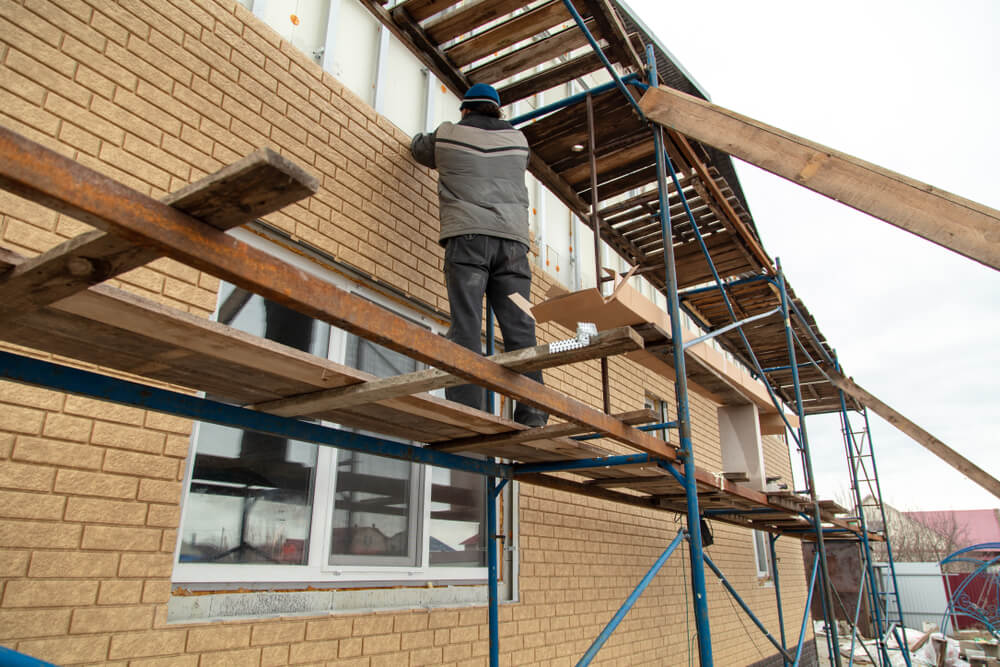
Both James Hardie siding and vinyl offer unique benefits, and the right choice depends on your budget, climate, and long-term goals. While James Hardie siding is a more durable and visually appealing option, vinyl siding remains a cost-effective and low-maintenance solution. By understanding the pros and cons of each, you can confidently choose the best siding for your home. Contact D&D Contracting today to explore your options and get expert guidance on your siding project.


